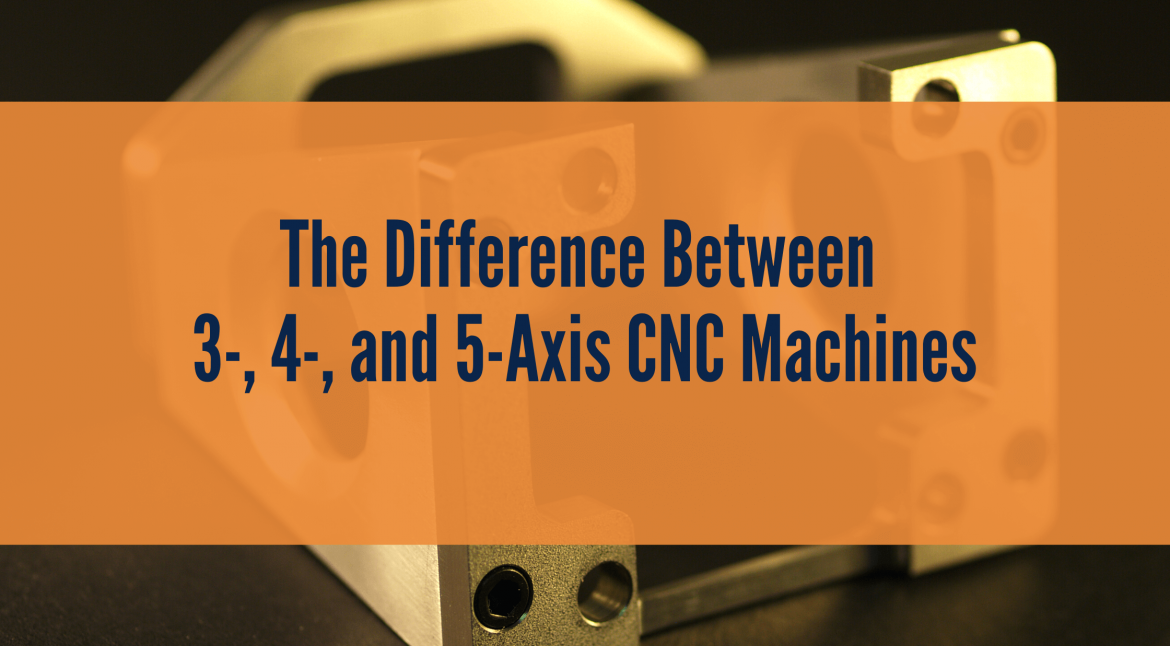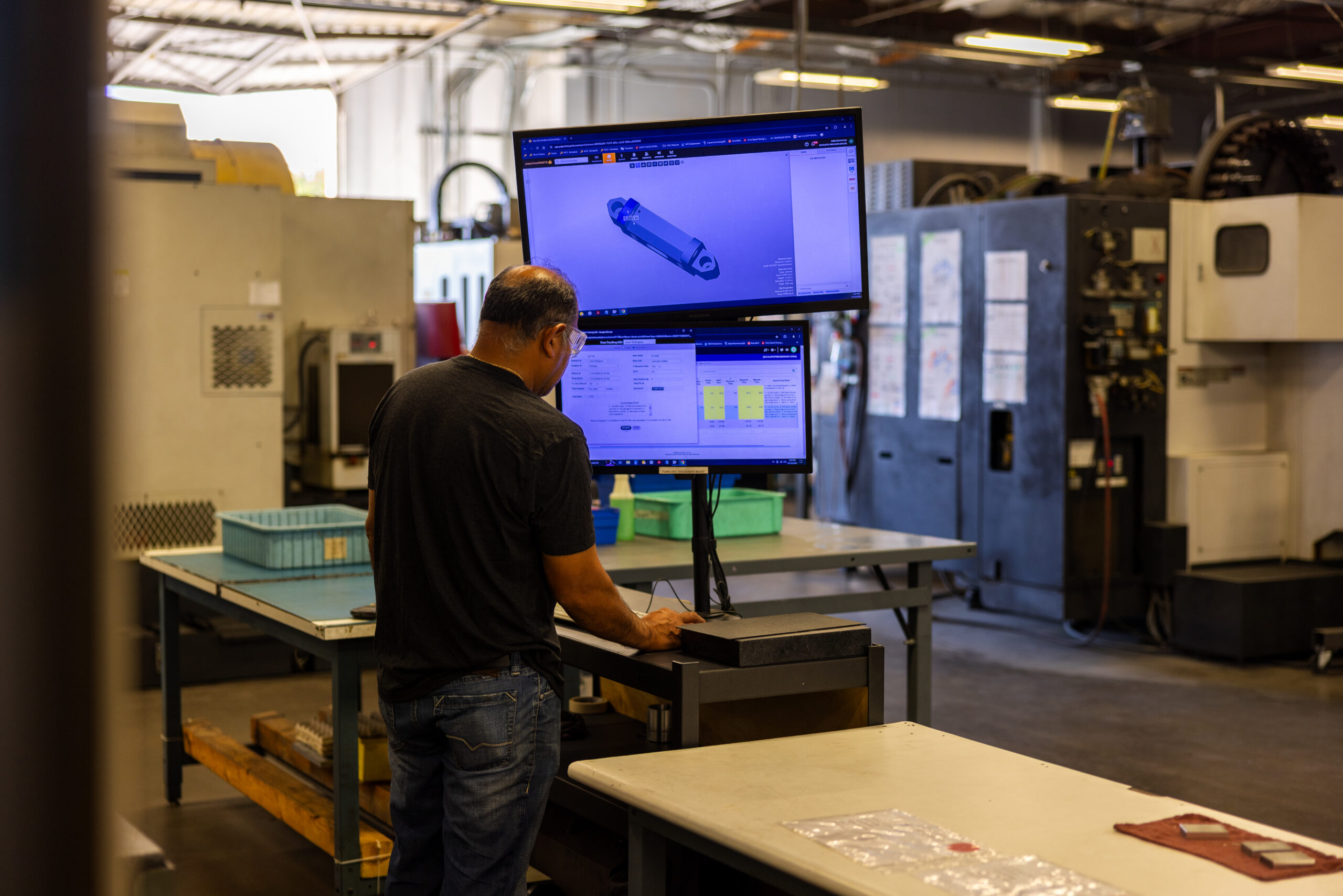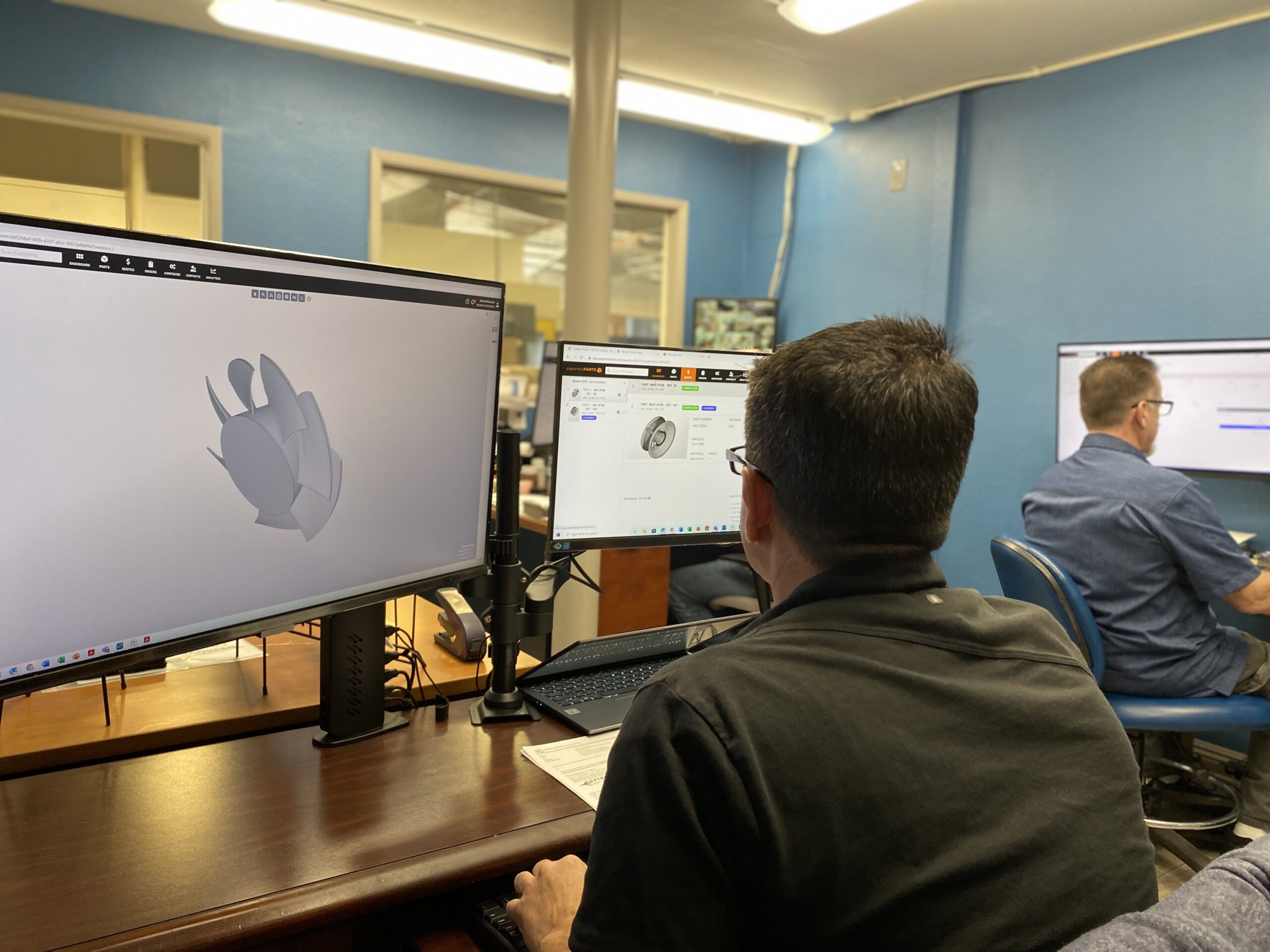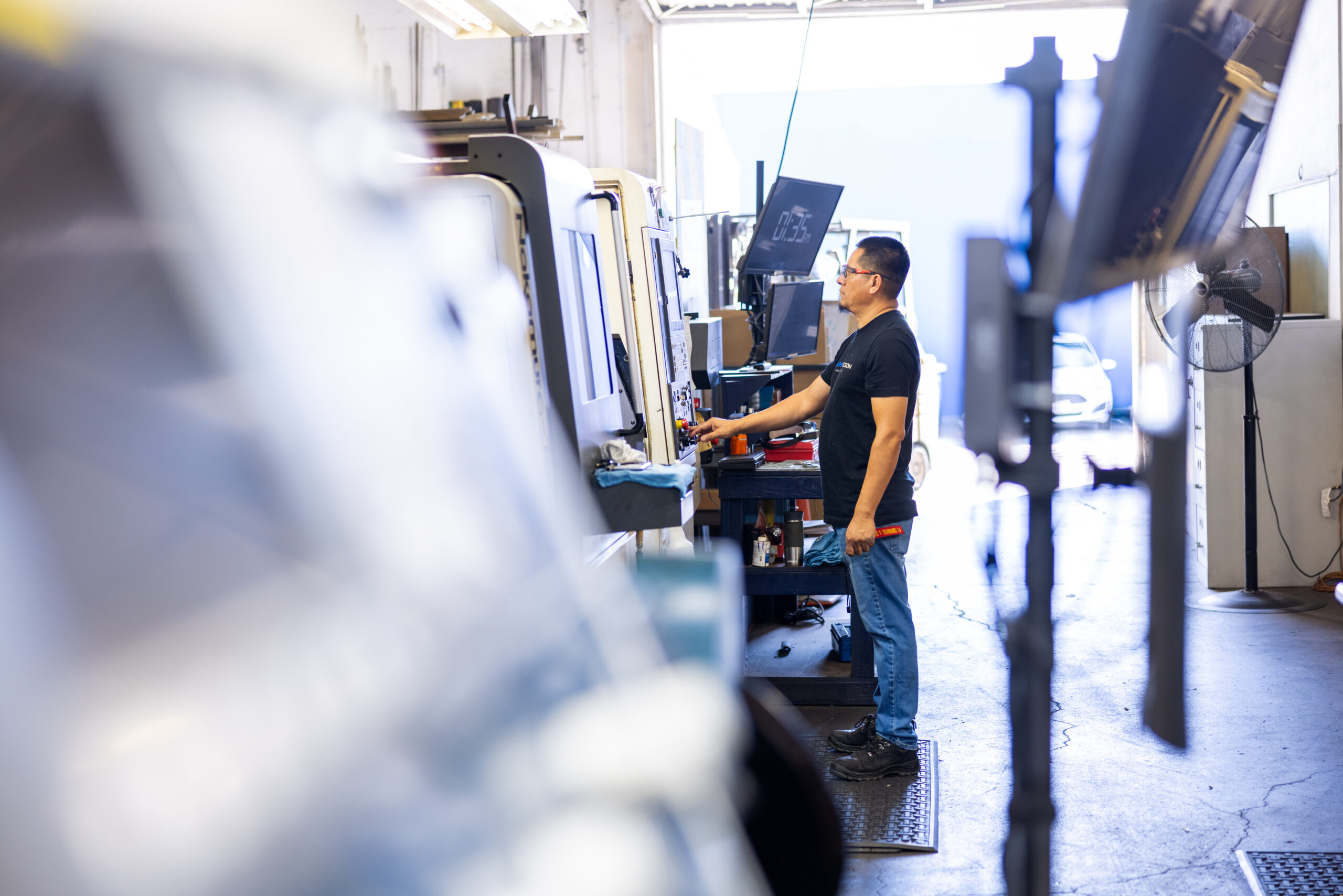Are you in need of precision machined parts and wondering about the difference between 3-axis, 4-axis, and 5-axis CNC machines?
At Ricaurte Precision, Inc., we have been helping leading manufacturers solve their CNC challenges for more than 35 years. We’re happy to offer some insights into the difference between these machines, along with some examples of their capabilities, to help you decide what would work best for your project.
3-Axis Milling Machine
A 3-axis CNC machine allows the removal of material from three sides of a part. The three axes are, from the operator’s view:
- X-axis (left and right)
- Y-axis (away and towards the operator)
- Z-axis (up and down)
Envision a rectangular block is milled on the top and four sides. That is what a 3-axis milling machine can do. Depending on the part being made, any two or all three axes can move together.
4-Axis Milling Machine
The addition of the fourth axis, called the A-axis, enables many new machining possibilities. The A-axis rotates the part along the X-axis.
Imagine holding a pencil on both ends between your finger and thumb, horizontally and parallel to your body. Now rotate the pencil between your finger and thumb. That would be rotating the pencil in the A-axis.
As with the 3-axis machine, any combination of the four axes can move together. This rotation allows for the removal of material from the part on angles of the X-axis.
Going back to milling a rectangular block, as above, a 4-axis machine could chamfer the top two edges along the X-axis and cut holes perpendicular to the chamfers.
For more information, review this list of our 4-axis CNC machines and their capabilities.
5-Axis Milling Machine
The 5-axis CNC machine operates along the X, Y, Z, and A axes, as well as the rotational Y-axis, called the B-axis. With the B-axis, parts may be machined on angles about the Y-axis.
Repeat the pencil exercise above, except with the pencil perpendicular to your body. That would be rotating the pencil in the B-axis. As with the 3-axis and 4-axis machines, all or any combination of the five axes can move together.
Suppose you need to mill a rectangular block with the four top edges that need to be chamfered and holes cut into all four chamfers. That is a job for a 5-axis machine. (Read more about the benefits of a 5-axis CNC machine here).
Which type of CNC machine is best for your project can be a difficult decision to come to on your own. Contact us for a free consultation or if you have any questions.
For more information about Ricaurte Precision, visit ricaurteprecision.com.




